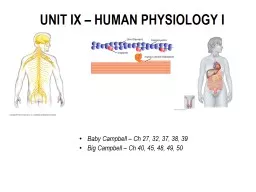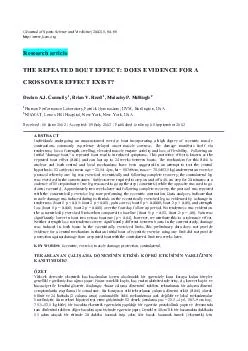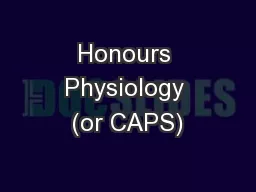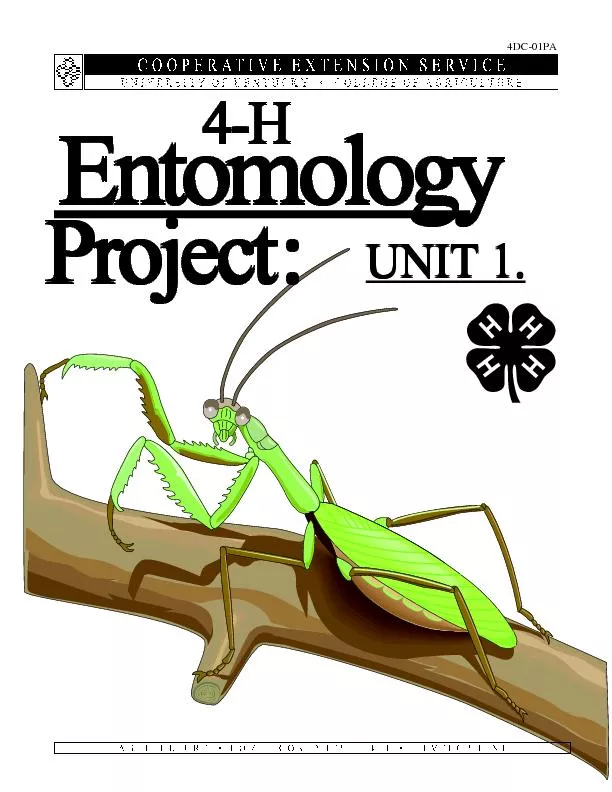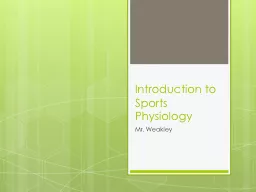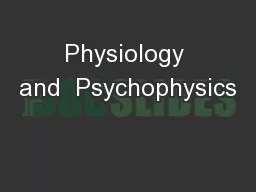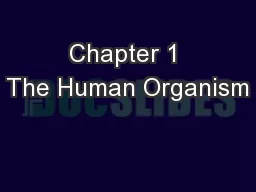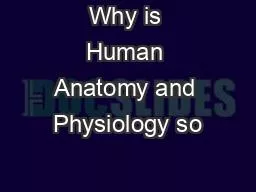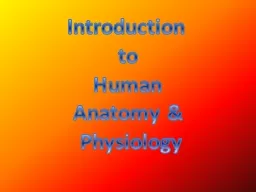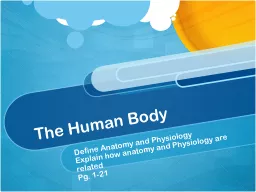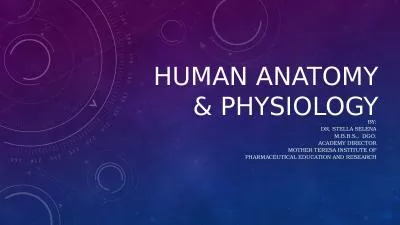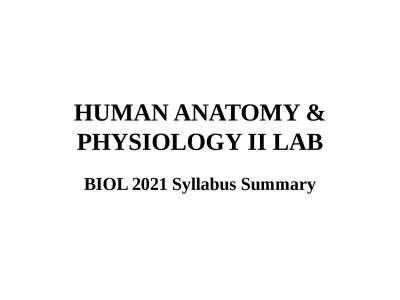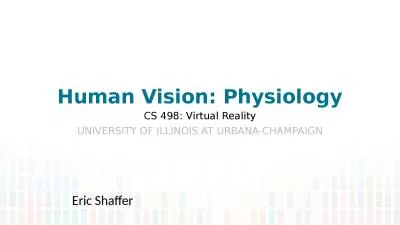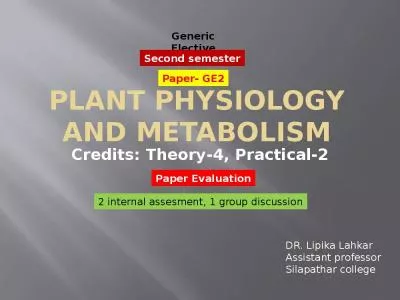PPT-UNIT IX – HUMAN PHYSIOLOGY I
Author : morton | Published Date : 2022-06-28
Baby Campbell Ch 27 32 37 38 39 Big Campbell Ch 40 45 48 49 50 I ANIMAL PHYLOGENY I ANIMAL PHYLOGENY I ANIMAL PHYLOGENY cont Shared Characteristics eukaryotic
Presentation Embed Code
Download Presentation
Download Presentation The PPT/PDF document "UNIT IX – HUMAN PHYSIOLOGY I" is the property of its rightful owner. Permission is granted to download and print the materials on this website for personal, non-commercial use only, and to display it on your personal computer provided you do not modify the materials and that you retain all copyright notices contained in the materials. By downloading content from our website, you accept the terms of this agreement.
UNIT IX – HUMAN PHYSIOLOGY I: Transcript
Download Rules Of Document
"UNIT IX – HUMAN PHYSIOLOGY I"The content belongs to its owner. You may download and print it for personal use, without modification, and keep all copyright notices. By downloading, you agree to these terms.
Related Documents

